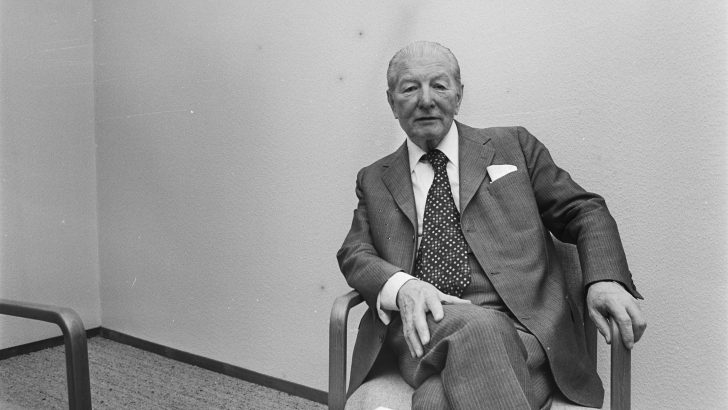State Papers: Secrets of the powers that be
The war in Europe came to an end on May 7, 1945, but Europe remained (and perhaps remains) haunted by the consequences. In the current harvest of files a couple relate to aspects, not so much of the immediate aftermath, but of later years. Two episode stand out in the files.
One that caused much controversy was the case of Pieter Menten. He had been arrested in his native Holland and tried after the war. That first trial ended in an eight-month sentence
Later however he was again arrested. Many of the charges against him were not proved, but he was convicted of those relating to collaboration with the Germans in Poland in both executions and art thefts from Jewish families. He was jailed for 10 years. On his release he returned to his business career and art collecting. In 1964 he bought a residence in Ireland, Comeragh House in Co. Waterford.
The case was re-opened in 1976 and in 1980 he was sentenced to 10 years imprisonment. On his release he was thought likely to come to live in Comeragh House, but he was barred by a government order from entering the country. He passed his property to his wife, so that Mrs Menten was the legal owner of Comeragh House, not her husband.
Leading figure
He died in care in November 1987. But not before his case had become a matter of controversy in Ireland – the issues being raised by both Jewish assertions and elected representatives. However, the leading figure in the Jewish community Gerald Goldberg said this broken old man might be let live out his last years in Ireland.
But the released files reveal the active concerns of both the local police and the government. Many seemed to think that the art works in the house were looted during the war. But this had already been investigated by the Dutch police and found not to be the case. However, to get them out of Ireland an export licence had to be obtained, in which the National Gallery played a role.
A surveyor was appointed and listed and valued the paintings. However, the government instructed the National Gallery director Raymond Keaveney to see that the surveyor go to Rosslare and again inspect the painting in transit, to ensure they were those that had already been listed and cleared. This was done.
These were destined for Mrs Menten’s apartment in Holland. Menten himself got little joy out of them in those last months of his life.
[National Archives file 2018/69/494]


 Pieter Menten
Pieter Menten 